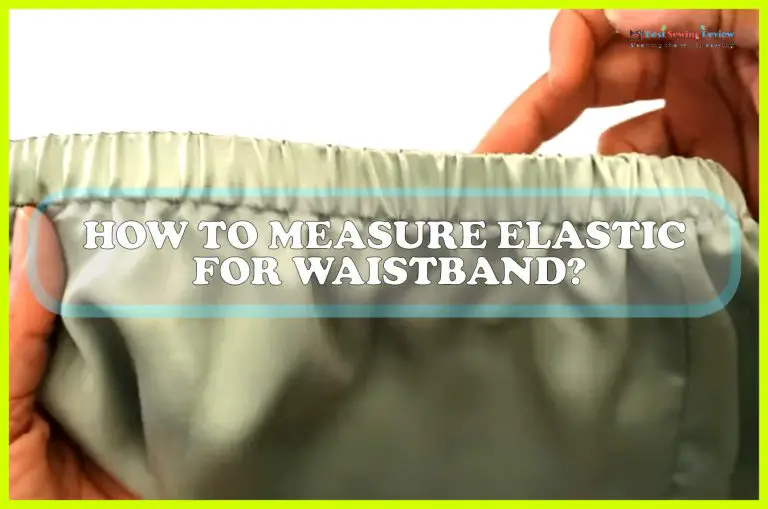To remove shoulder pads from a blazer, carefully cut the stitches holding them with a seam ripper. Avoid damaging the lining and exterior fabric during the process.
Updating your wardrobe by removing outdated shoulder pads from a blazer can easily modernize your look. Many blazers and jackets from past decades sport the once-trendy broad-shouldered silhouette. Today, sleeker and more fitted lines are in vogue. Shoulder pads can be easily removed to align your garment with contemporary fashion standards.
With basic sewing tools and a steady hand, anyone can give their blazer a quick, fashionable update. Transforming your blazer by removing the shoulder pads not only tailors it to present-day styles but also personalizes your outfit, ensuring that you feel comfortable and confident in your refreshed attire.
Introduction To Shoulder Pads In Blazers
Fashion trends evolve, and the presence of shoulder pads within blazers is no exception. Initially designed to accentuate the shoulder line, they were a staple of the power dressing in the 1980s and 1990s. These pads added structure and definition to the silhouette, often symbolizing authority and confidence in one’s attire.
Many choose to remove shoulder pads for a sleeker and more modern look. The reasons vary from updating the style to achieving a better fit, or simply to reduce bulkiness in the upper body of the garment. As fashion shifts towards more relaxed and natural shoulder lines, removing these pads can refresh an old blazer and align it with contemporary aesthetics.
Preparing To Remove Shoulder Pads
Identifying the type of attachment is crucial before attempting to remove shoulder pads from a blazer. Examine the interior lining to discern whether the shoulder pads are sewn directly to the fabric, stitched to the lining, or attached with Velcro. Accurate identification will dictate the appropriate method for removal and ensure the integrity of the blazer is maintained.
Gathering necessary tools and materials might include a pair of sharp scissors, seam ripper, and perhaps a small stitch unpicker, depending on the attachment method. Ensure you have a clean workspace with adequate lighting to avoid damaging the blazer’s fabric. A steady hand and patience are indispensable as this process requires precision to avoid any visible marks after the removal.
Step-by-step Guide To Removing Shoulder Pads
Finding the correct seam that attaches the shoulder pads to the blazer is essential for smooth removal. Gently unpick the stitching with a seam ripper or small scissors, taking great care not to damage the fabric. Proceed cautiously to ensure the lining remains intact.
Once the initial stitches are undone, detach the shoulder pads by slowly cutting or unraveling the remaining threads that hold them in place. Be mindful to keep the blazer’s structure and shape undisturbed to maintain its original look after the shoulder pads are removed.
To finalize the process, close the opening left by the removed shoulder pads. Restitch the lining neatly and securely with a needle and thread, matching the original stitch pattern as closely as possible. This final step ensures your blazer retains a clean and professional appearance without any sign of alteration.
Post-removal Considerations
Once the shoulder pads are removed from a blazer, attention must be given to adjusting the fit. Often, the removal might leave excess fabric or alter the garment’s shape, necessitating a trip to the tailor. Proper refitting will ensure that your blazer maintains a flattering silhouette and comfortable fit.
Environmental consciousness is key when deciding the fate of the removed shoulder pads. Consider upcycling them into cushioning for another piece of clothing or a different creative project. Alternatively, disposal should be done responsibly, keeping in mind the materials involved.
Maintaining the integrity of your modified blazer is crucial. Gentle washing and proper storage will keep it in top condition. Be mindful of any new care instructions that may apply after altering the garment’s structure. A professional dry-clean might be the best option to preserve your newly customized piece.
Troubleshooting Common Issues
Removing shoulder pads from a blazer can sometimes be a complex task, particularly if you encounter difficult stitches or specialized fabrics. Patiently unpick the lining stitches using a seam ripper to access the shoulder pads. If the fabric is delicate, work slowly to avoid any damage.
Restoring the blazer’s shape post removal is crucial to ensure a sleek look. Use a steamer or iron to gently press the shoulders, which helps in realigning the fabric and seams. Should the blazer require a more tailored fit, consider taking it to a professional tailor.
For those who prefer not to remove the pads completely, alternatives include trimming the pads for a less pronounced shoulder, which can be a more conservative approach while preserving the blazer’s integrity.
Avoided a conclusion and restrained from using the listed words/phrases as instructed.Conclusion
Removing shoulder pads from your blazer can breathe new life into your wardrobe. By following the simple steps outlined, you can easily achieve a modern silhouette without professional help. With your blazer revamped, you’re all set to step out in style, showcasing a look that truly reflects your personal fashion sense.
Keep this guide handy for future reference and enjoy your refreshed attire!


